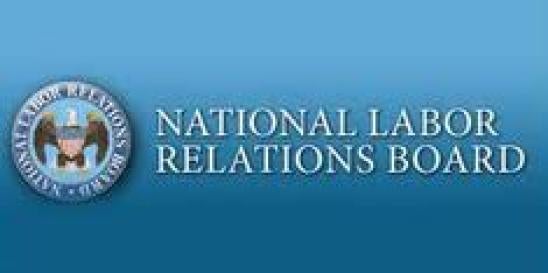On October 26, 2023, the National Labor Relations Board (NLRB or “Board”) issued its Final Rule (the “Rule”) on Joint-Employer status under the National Labor Relations Act (NLRA). Slated to take effect on December 26, 2023, the Rule returns to and expands on the Obama era Browning-Ferris test, scrapping the NLRB’s 2020 Joint Employer test for the sole reason that the current Board disagrees with the 2020 test, and setting up a potential showdown with the Supreme Court over the “major questions” doctrine and the scope of the NLRB’s administrative authority.
The Final Rule Summarized
Under the new Rule, any entity that shares or codetermines one or more of a group of employees’ “essential terms and conditions of employment” will be considered a joint employer of the employees along with any other entity controlling that work, that is their “primary employer.” Those “essential terms and conditions of employment” as listed in a new NLRB Fact Sheet are:
- wages, benefits, and other compensation;
- hours of work and scheduling;
- assignment of duties to be performed;
- supervision of the performance of duties;
- work rules and directions governing the manner, means, and methods of the performance of duties and the grounds for discipline;
- tenure of employment, including hiring and discharge; and
- working conditions related to the safety and health of employees.
The Rule is purported to be grounded in common law agency principles and will apply where control – or potential control – over any of the above terms and conditions is reserved to an entity, irrespective of whether or not such control is actually exercised and whether such control is direct or indirect. The Rule is expected to allow the Board to rely on standard contractual terms, such as those typically found in agreements between temporary agencies and other suppliers of labor and their clients, to make sweeping declarations of joint employer status, regardless of the factual circumstances. Such findings would obligate putative joint employers to engage in collective bargaining with employee representatives over any of those essential terms and conditions of employment over which they potentially exercise control, even if such control is indirect. While the NLRB’s press release about the Rule asserts that, to make a codetermination, the Board will conduct factual analyses on a case-by-case basis, it is clear that the Rule will effectively make it much easier for the Board to designate common business relationships as instances of joint employment.
Potential Concerns and Consequences
An expanded definition of joint employment is the latest indicator of the current NLRB’s efforts to cast a wider net across the nation’s workforce, organized or not. The effects remain to be fully realized but may place more businesses directly under the Board’s jurisdiction. For example, where a non-unionized business has a relationship with an organized shop that the NLRB deems to constitute a joint employment arrangement, that non-unionized business could find itself a responding party to an unfair labor practices charge brought by representatives of the shop workers.
Accordingly, employers and their vendors or other suppliers of services and/or labor must consider how their relationships may be viewed under the Rule. Agreements should be reviewed for any language that could be construed as establishing forms of worker control that would implicate an entity as a joint employer and might benefit from the addition of language explicitly providing that such arrangements do not create an employment relationship.
Legal challenges to the Rule are expected, and the NLRB’s position may be on shaky ground following the Supreme Court’s decision in West Virginia v. EPA, which called into question the validity of agency action that the Court determines to be a “transformative expansion” of administrative authority and an attempt to answer a “major question” that is better left to elected representatives in Congress rather than to the Executive Branch’s administrative agencies. To be sure, if allowed to stand, the NLRB’s efforts to establish a Joint Employer rule will have significant ripples throughout the U.S. economy. We will keep you informed as this issue winds its way through the courts.




 i
i


